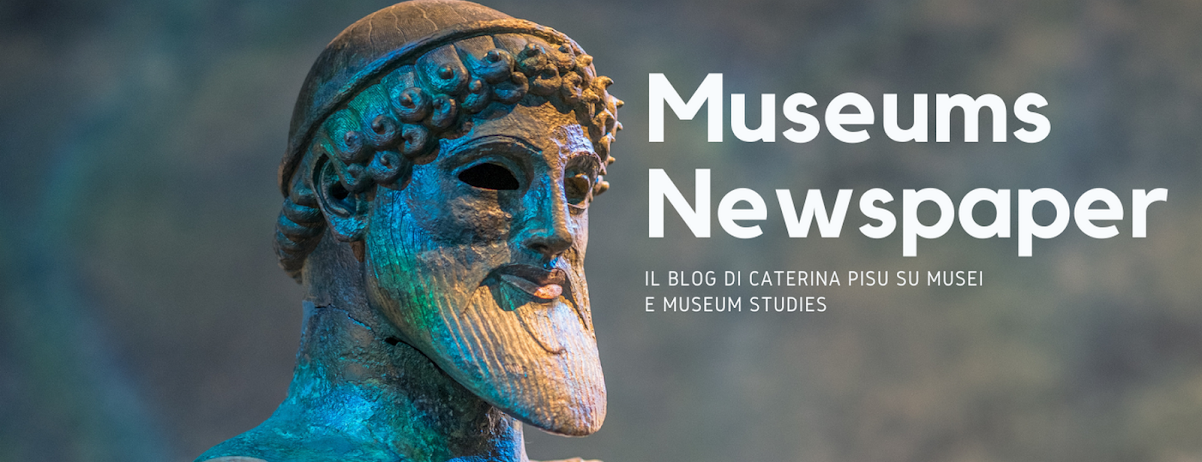By Mike van Graan
The Government of Uganda has decided that the Uganda National Museum - the country’s only national museum - will be demolished to make way for a 60-storey East Africa Trade Centre.
The proposed “ultramodern” building – which politicians suggest will take 3-5 years to complete but which will take closer to 30 years according to civil society activists and commentators familiar with such Ugandan projects - will house the Ministry of Tourism, Trade and Industry, commercial retail outlets and office space. Oh, and two floors will be allocated to a new national museum.
Established in 1908, the Museum is more than one-hundred years old and is thus itself a heritage site.
This is a classic case of “development” versus “culture”, in much the same way as “development” has often destroyed the natural environment in the name of economic growth and social progress. For those who advocate “culture as a vector of development”, this particular case presents a major challenge, both philosophically and strategically.
Increasingly, “culture as a vector of development” has come to mean the catalysing and support of the creative industries as economic drivers, as job-creation mechanisms, as generators of the financial resources that will be used to address major social and human development needs in the areas of health, education and the eradication of poverty, all important in the pursuit of the Millennium Development Goals.
This is particularly relevant to Uganda whose per capita income is a mere $460 and which is ranked a lowly 143 on the Human Development Index.
What the Ugandan government is saying is that the Ugandan National Museum – a national heritage site and the primary repository of the nation’s historical artefacts - is not a vector of development in that it is poorly attended by locals and tourists; it does not generate income; it serves no real economic purpose, and, if anything, it consumes limited public resources.
From their point of view then, it is a no-brainer to demolish the museum in favour of a building that will generate substantial income through more commercially viable uses, and which could then very well contribute to economic, social and human development in Uganda.
By the same logic, the Ugandan government can next make a move on the National Theatre. Why bother to have a National Theatre – even if it is better used than the National Museum – when the economy can benefit more from a shopping mall or prestigious office block or apartment building in its place?
Therein lies the philosophical challenge to the “culture as a vector of development” proponents i.e. by making the case for the arts primarily on the basis of their economic contribution, the corollary is that where cultural institutions or the arts do not make an economic contribution or make an economic contribution that is substantially less than another option, then politicians and bureaucrats feel justified in destroying culture in favour of a better “development” option.
And yet, the proposed 60-storey building does not simply represent the destruction of culture in the form of the possible demolition of the National Museum; in truth, it represents a culture that is different, even foreign to the one represented by the Museum. The 60-storey building represents a culture of materialism, an elitist culture of ostentation, a globalised culture with a building and the values that it represents that could be in any major city of the world.
The National Museum on the other hand – the one destined for destruction – is about Ugandan identity; unique Ugandan history; values, traditions and worldviews that are peculiar to Uganda, a building and content that celebrates cultural diversity as envisaged by UNESCO’s Convention on the Protection and Promotion of the Diversity of Cultural Expressions.
Uganda is not a signatory to the Convention. Not yet anyway.
And herein lies the strategic challenge to proponents of “culture as a vector of development”: to mobilise an international movement to prevent the destruction of the National Ugandan Museum, thus preserving cultural diversity in a globalised world, and contributing to a richer understanding of the relationship between culture and social, human and economic development.
Mike van Graan is the Secretary General of Arterial Network, a continent-wide network of artists, activists and creative enterprises active in the African creative sector and its contribution to development, human rights and democracy on the continent. He is also the Executive Director of the African Arts Institute (AFAI), a South African NGO based in Cape Town that harnesses expertise, resources and markets in the service of Africa’s creative sector. He is considered to be one of his country’s leading contemporary playwrights.
For further information, see:
Continua la mobilitazione internazionale per salvare il Museo Nazionale dell'Uganda. Questo articolo è tratto da African Colours, la guida all'Arte africana contemporanea.

